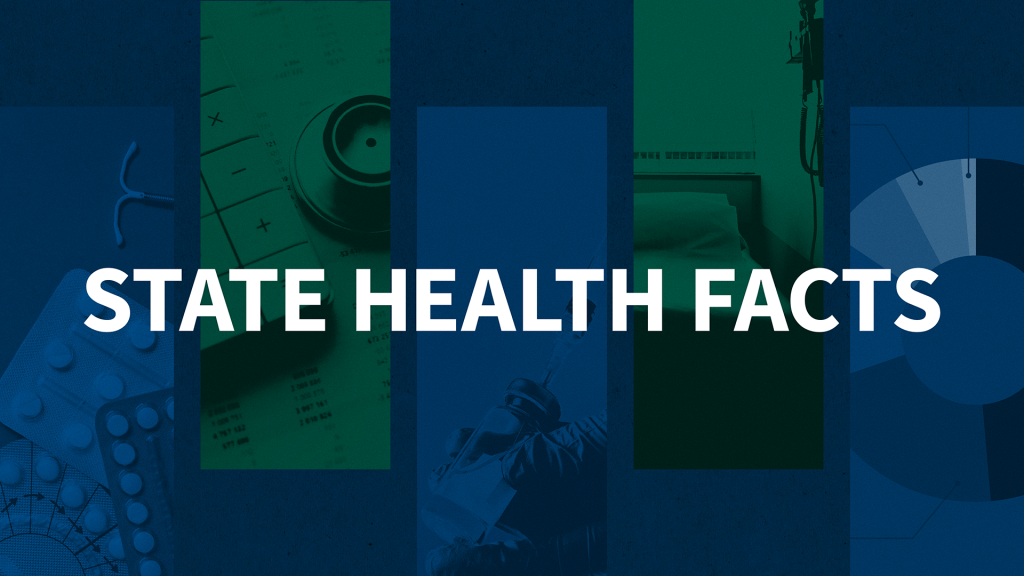Medicare Cost-Sharing: Implications for Beneficiaries
Tricia Neuman, Vice President and Director of the Medicare Policy Project, testified on behalf of herself and Thomas Rice, Ph.D., of UCLA's School of Public Health, before the House Ways and Means Subcommittee on Health on cost-sharing requirements under Medicare and supplemental Medigap policies.
